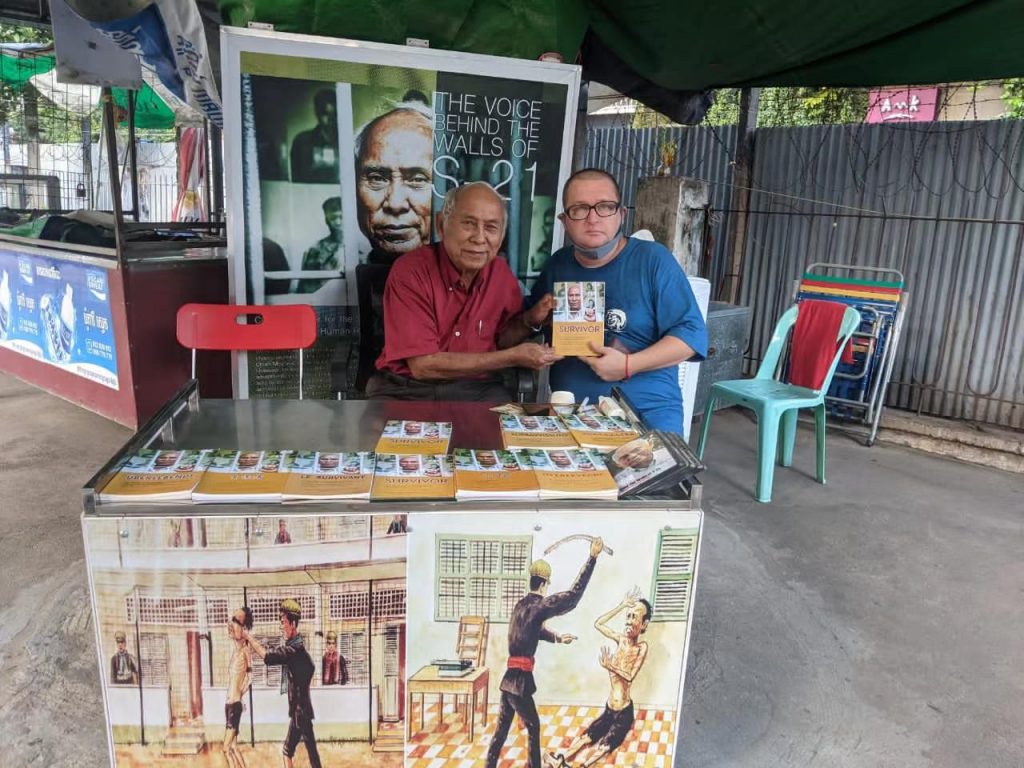Introduction
Who was Chum Mey?
If you have more than a passing interest in the history of Cambodia and the Khmer Rouge then at some point, you will most likely find yourself at S-21.
S-21 was the most used and notorious of the Khmer Rouge torture and execution centers, which you can read about here. Of the estimated 13000 or so people that passed through S-21, there are only seven confirmed survivors, one of whom was Chum Mey.
Who was Chum Mey?
Chum Mey was a mechanic born in 1930, who was essentially an ordinary working-class man, the very epitome of the many people executed without reason by the Khmer Rouge.
When the Khmer Rouge took power in 1975, he worked under the regime as a mechanic before being arrested for spying in October of 1978. To this day, he still does not know why he was accused, but he, his wife and his child were to be transported to S-21 regardless.
His survival was to be just one of those few lucky things that happen to some people some times. At S-21, Angkar was obsessed with keeping records of all the people that would pass through the prison, as well as their “confessions.” This meant a lot of stuff being typed on typewriters, which would break. Chum Mey was asked if he could fix them, which he could. This meant he was removed from the general population and given somewhat privileges in contrast to other prisoners.
In January of 1979, with the Vietnamese fast approaching, the Khmer Rouge and their captors fled, taking Chum Mey and his family with them. On this march, his wife and child were shot in front of his eyes, but with him being able to escape.
Return to S-21
He initially returned in 1979 and took part in the 2003 documentary S-21, The Khmer Rouge Killing Machine, which can be viewed on YouTube. He subsequently wrote a book called survivor, which he now sells from the museum.
Meeting Chum Mey
On a deserted coronavirus Saturday, we found ourselves the only two “customers” in the museum, and as I approached the gentleman selling the book, I immediately recognized him from the documentary. I purchased his book and had a brief, limited conversation, not really knowing what to say.
It was quite surreal to see what looked like a relatively happy old man, paying with his cellphone and happy to pose for a photo with me while knowing a little about his terribly dark past.
It was then that it hit me that although his story is obviously unique, every person of a certain age in Cambodia has their own memories of the Khmer Rouge. A sobering thought, but one which helps understand the contemporary issues of the country.






